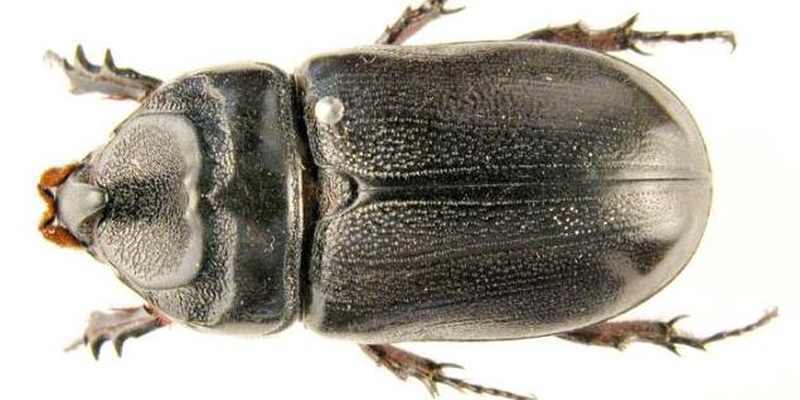From FAO.org: The Tricky Task of Protecting Plants in a Globalized Age
Posted on Tue, 23 Apr 2013, 20:51

From the FAO Media Center:
International Plant Protection Convention wraps up annual meeting - two phytosanitary standards revised and updated.
12 April 2013, Rome - Odds are, today you ate something that came from another hemisphere. A mind-boggling $1.1 trillion worth of agricultural products are traded internationally each year, with food items accounting for 82 percent of the total.
And where fruit or plants can travel, so too can less-savory characters. Fruit fly eggs hidden in the skins of oranges go unseen. Beetles burrow into wooden shipping pallets and escape detection. Fungal spores worm their way between the seams of metal shipping containers and so travel radically farther than the wind might ever blow them.
If they are not dealt with when they arrive at their destination, the consequences can be dire: every year global crop yields are reduced by somewhere between 20 and 40 percent due to plant pests and diseases, according to the FAO-based Secretariat of the International Plant Protection Convention (IPPC). Precise data are not available, but a significant number of these plant pests were introduced via international trade.
It''s not just food production that is at risk. Forests across the globe - relied on by 1.6 billion people in some way for their livelihoods - have been hard hit as well.
In addition to the more notorious usual suspects - Mediterranean fruit flies, wheat rust, African Army worms - a veritable panoply of culprits are damaging crops and undermining farmers'' livelihoods around the globe: Eggplant Borers, Cassava Bacterial blight, Potato Cyst Nematodes, the European Grapevine Moth, and giant, rice-eating snails of the Pomacea genus. The list is both long and colorful.
Beyond the immediate impacts they have on crop yields and food security, there are other consequences.
Dealing with pest introductions and outbreaks costs governments, farmers and consumers billions of dollars every year. Once pest species are established their eradication is often impossible, and controlling them takes up a significant percentage of the cost of producing food.
Which is why the IPPC was created.
Continue reading at FAO.org »

